Just need to know how to drain your sprinklers? Jump to the Steps
What are the Parts of a Sprinkler System?
There are multiple parts to your irrigation system, and knowing what they are will ensure you can completely drain the backflow in your system. If you don’t drain the backflow, you risk broken/damaged pipes and other delicate parts. (Note: parts on your system may look slightly different, but will be this general shape.)
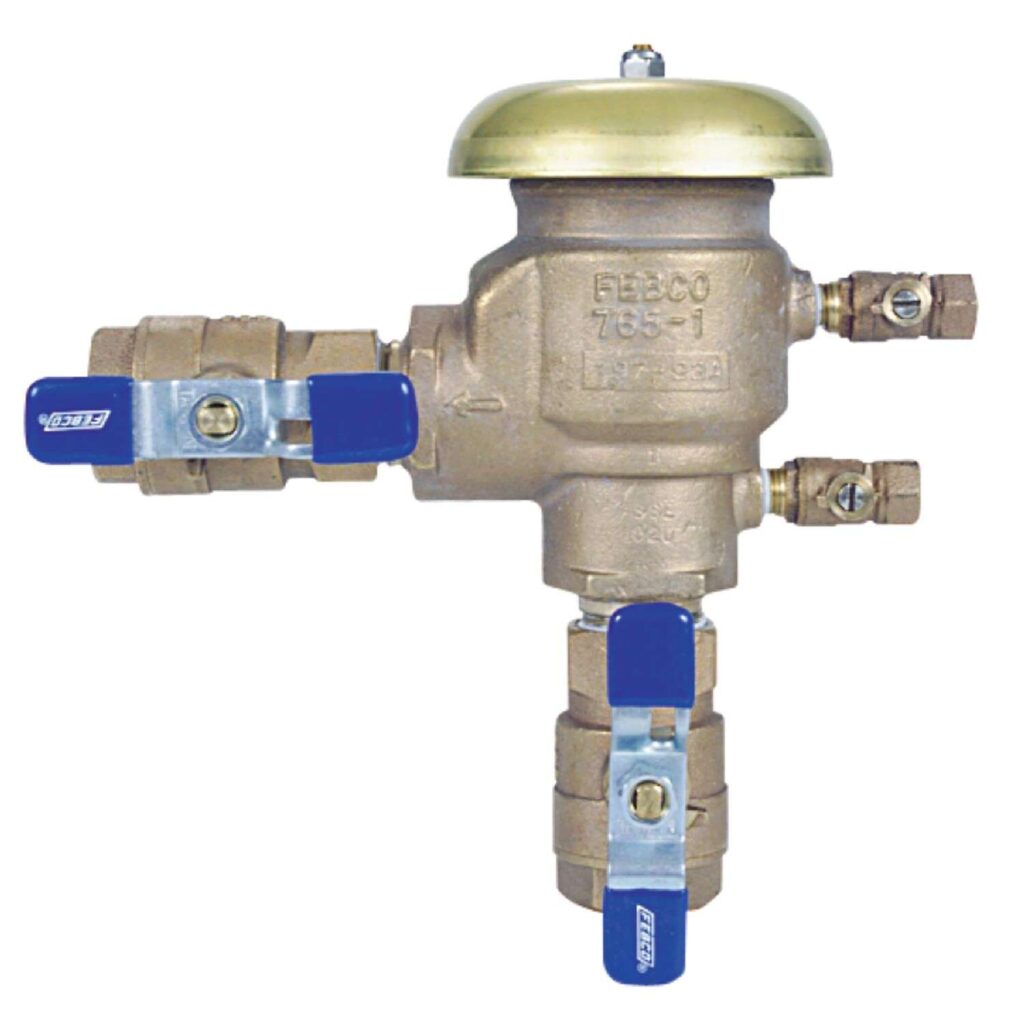
This section of piping actually has multiple important parts of your system in it. The two blue handles are both ball valves, and the top right valves are known as Petcock valves.
To the right is an example of a standpipe drain. This is the piece that connects into the ball valves and the petcock valve pictured above. The purpose of this drain is to prevent water getting trapped in the system.
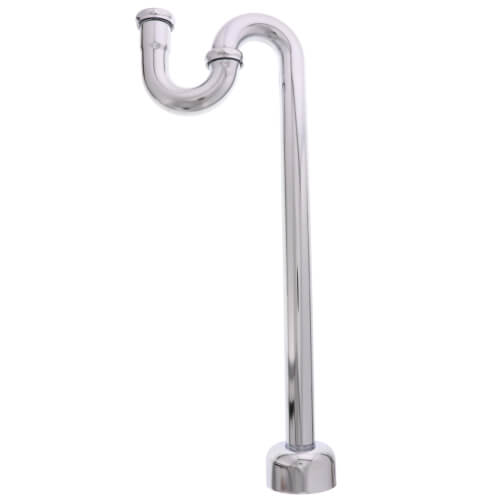
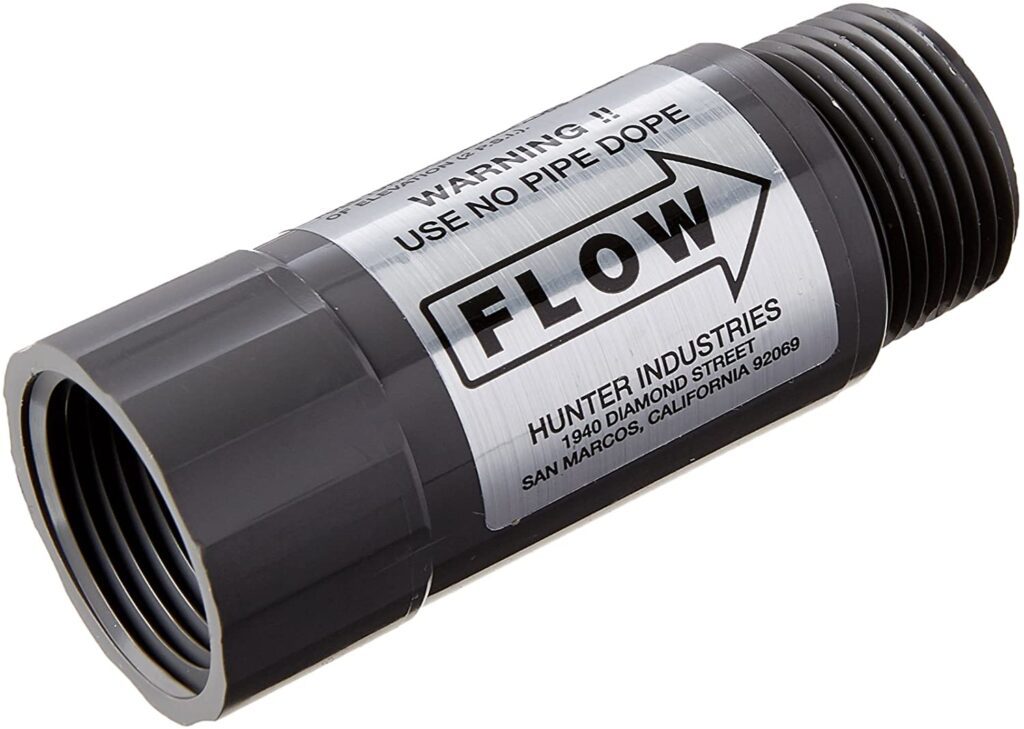
An inlet drain valve, like this one, helps you avoid damage to the rest of your system. Without this piece, water may get stuck in your pipes.
Your Main Shut off valve may be a gate or ball valve. This photo is of a ball valve. It will be at the end of your system, and is used to cut the water from your sprinklers.
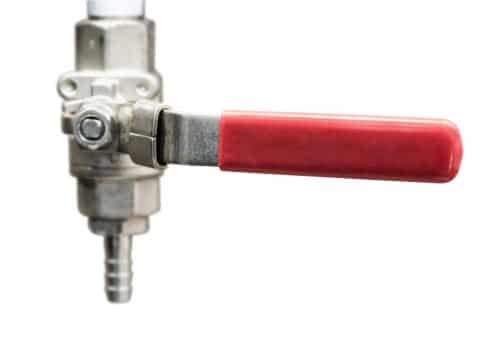
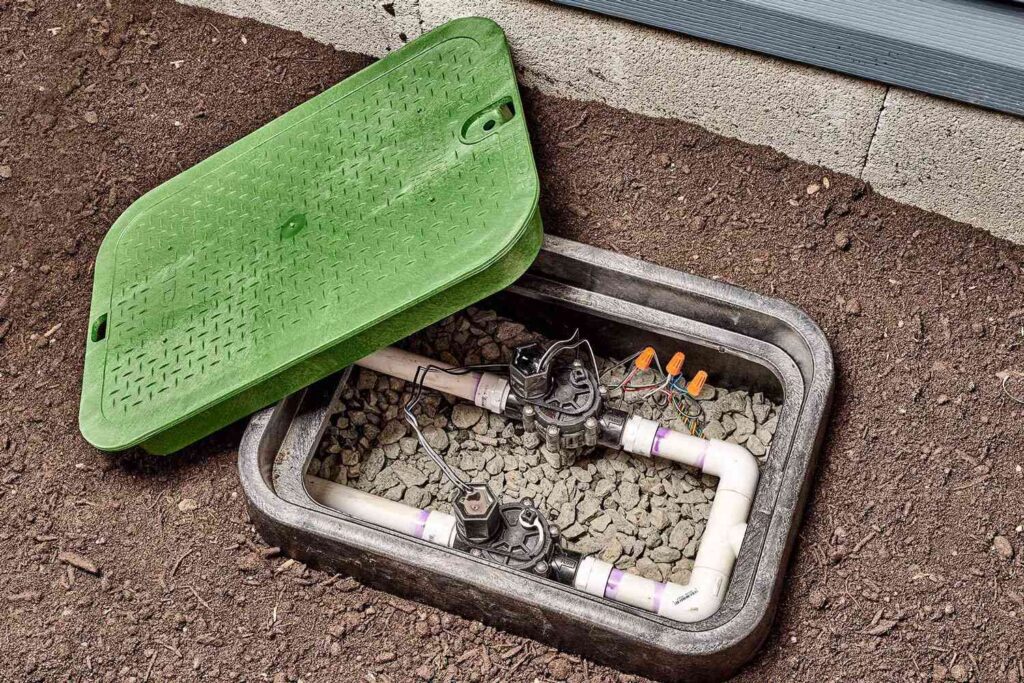
In Manual Drains, this valve pit needs to be open to ensure gravity can allow the system to drain properly.
How to Drain a Sprinkler System:
Steps:
- Turn Off Your Water Supply Valve.
- Open All Inlet and Outlet Drain Valves and Backflow Preventer.
- Turn Inlet and Outlet Ball Valve Handles to a 45° angle.
- Open Drain Valve near Water Supply Valve to Drain Water from Backflow Preventer.
- Note: Some Systems Have Manual Drains and some have Automatic Drain Valves. In manual drain homes, Valve Boxes/Pits also need to be opened. This ensures the system drains properly.
Other Great Articles about Lawn Care Trips
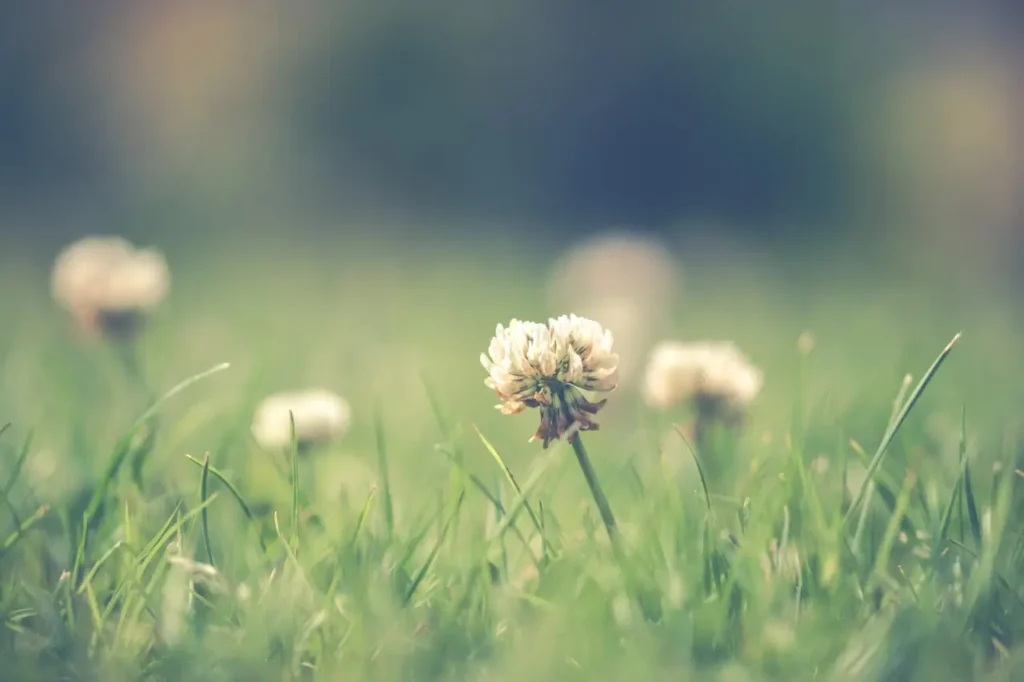
Understanding How Pre-Emergent & Post-Emergent Weed Control Products Work
Weeds can be the bane of any homeowner’s lawn, especially in central Colorado. If you’re battling these pesky intruders, understanding the differences between the various weed control products available can be daunting. That’s why we’re going to explain the two main types of weed management products, pre-emergent and post-emergent herbicides. As you read on, you’ll…
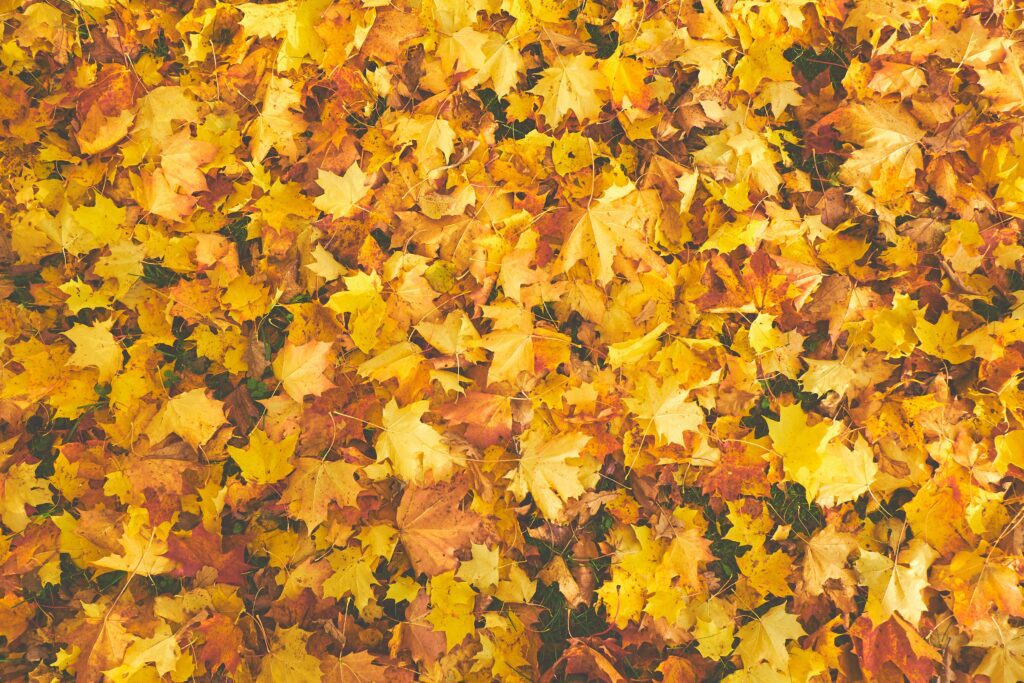
The Complete Guide to Fall Lawn Care: Best Practices for Preparing Your Lawn for Winter
Is this your first fall as a Colorado Springs homeowner? Whether you’re ready to winterize your lawn for the first time or simply need a fall lawn care refresher for the home you’ve lived in for years, these essential lawn care basics will help you transition your lawn from the summer season to winter. Fall…
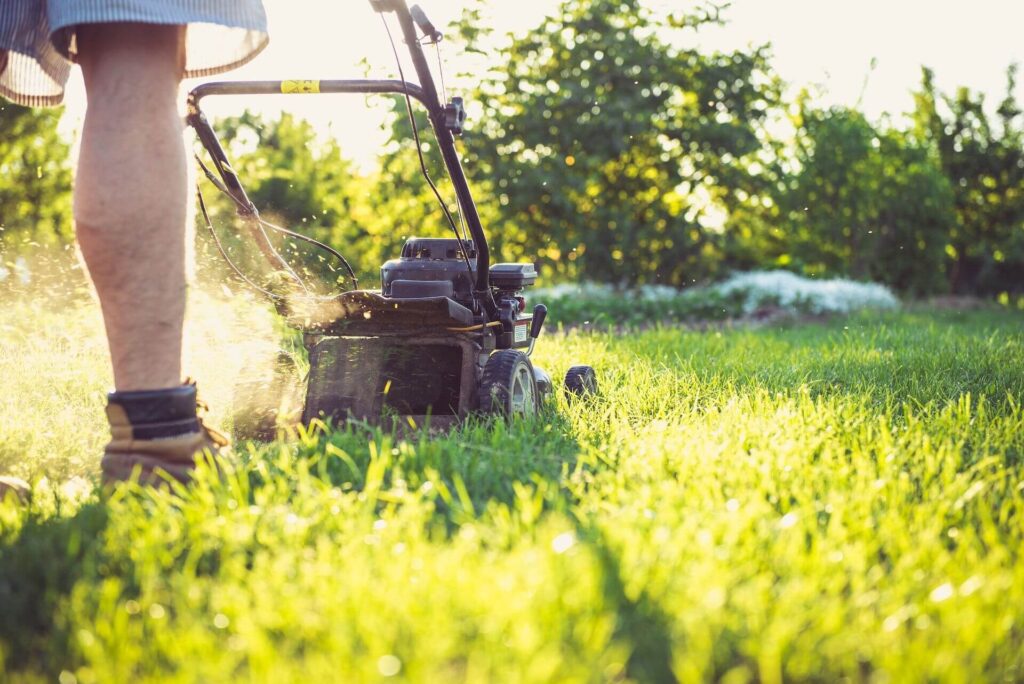
The Complete Guide to Lawn Mowing + Lawn Mowing Tips for Colorado Springs Homeowners
Mowing your Colorado Springs lawn is more than a weekend chore; it’s essential to keeping your green space healthy and attractive. You may think the only purpose of mowing is to keep your grass from getting unruly. However, your mowing practice can actually help increase your lawn’s density and encourage deep root growth, two factors…
